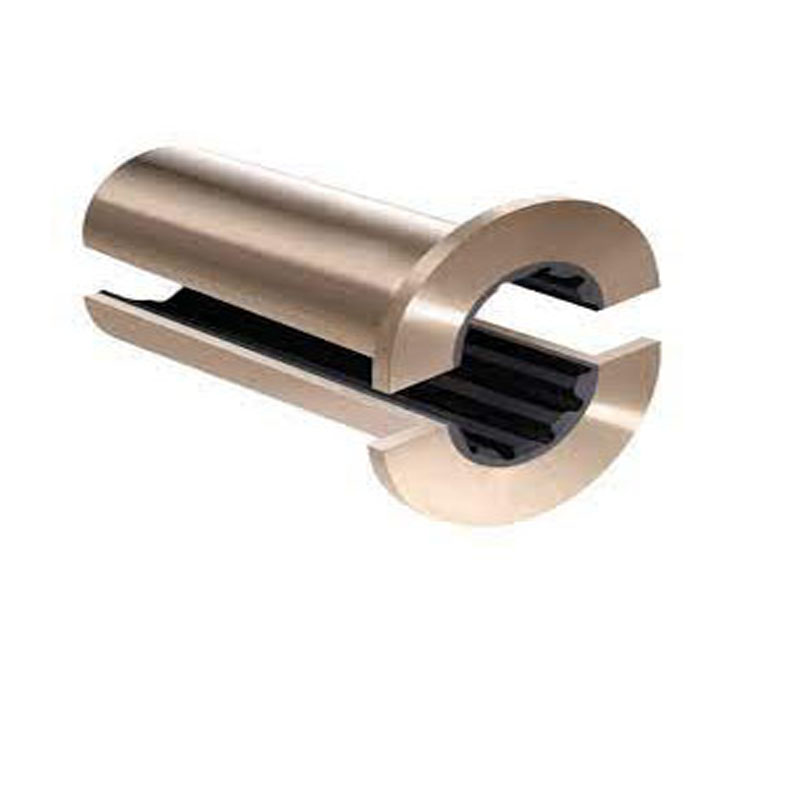Understanding Car Oil Pan Gasket Functions and Replacement Tips for Vehicle Maintenance
Understanding the Car Oil Pan Gasket Importance and Maintenance
When it comes to maintaining your car, many people are aware of the need for regular oil changes, tire rotations, and brake inspections. However, one critical component that often goes unnoticed is the oil pan gasket. This seemingly small part plays a pivotal role in ensuring the engine operates smoothly and efficiently. In this article, we will explore the function of the oil pan gasket, the signs of wear and tear, and best practices for maintenance.
What is an Oil Pan Gasket?
The oil pan gasket is a rubber or cork gasket that seals the oil pan—a reservoir at the bottom of the engine that holds the engine oil. This gasket prevents oil from leaking out of the oil pan and entering other parts of the engine. It is situated between the oil pan and the engine block, effectively creating a barrier that keeps the engine oil contained. Given the high temperatures and pressures during engine operation, the oil pan gasket must withstand considerable stress, making it a crucial component for any vehicle.
Importance of the Oil Pan Gasket
The oil pan gasket serves several essential functions
1. Preventing Oil Leaks One of the primary functions of the oil pan gasket is to prevent leaks. If the gasket becomes damaged or worn out, it can lead to oil leaking onto the ground or into other components of the engine, resulting in potential damage and performance issues.
2. Maintaining Oil Pressure A properly functioning gasket helps maintain the necessary oil pressure within the engine. Oil pressure is crucial for lubrication and cooling, preventing metal parts from rubbing against each other, which can lead to excessive wear or engine failure.
3. Reducing Engine Noise The gasket also plays a role in dampening engine noise. A failing gasket may lead to increased vibration and noise as the engine runs, which can be disruptive and indicate underlying issues.
Signs of a Failing Oil Pan Gasket
Identifying the signs of a worn or damaged oil pan gasket early on can save you significant time and money in repairs. Here are some common indicators
- Oil Leaks The most apparent sign of a failing oil pan gasket is an oil leak
. If you notice oil puddling under your car, particularly near the oil pan area, it’s essential to inspect the gasket.car oil pan gasket

- Oil Spots Look for oil spots on your driveway or garage floor. These spots can vary in color but are often a dark brown or black when the oil is older.
- Low Oil Levels Regularly check your oil levels. If you find that you need to add oil more frequently than usual, it could indicate a leak caused by a compromised gasket.
- Increased Engine Noise If your engine sounds louder than it usually does, this could be a sign that the oil is not being effectively contained due to a failing gasket.
Maintenance Tips and Best Practices
To prolong the life of your oil pan gasket and ensure your engine runs efficiently, consider the following maintenance tips
1. Regular Oil Changes Following your manufacturer's recommended oil change intervals is essential. Used oil can become laden with contaminants that can wear down the gasket over time.
2. Check for Leaks Regularly inspect your vehicle for oil leaks, especially after oil changes. Early detection can prevent further damage to the engine.
3. Professional Inspections If you notice any signs of gasket failure, it’s advisable to consult a professional mechanic. They can assess the condition of the gasket and replace it if necessary.
4. Avoid Over-Torquing When reinstalling the oil pan, be cautious about over-torquing the bolts, which can lead to gasket failure. Ensure that the bolts are tightened to the manufacturer’s specifications.
Conclusion
The oil pan gasket may be a small component, but its significance in vehicle operation cannot be overstated. By understanding its function, recognizing the signs of wear, and adhering to maintenance practices, you can help ensure the longevity of your engine and avoid costly repairs down the road. Remember, when it comes to car maintenance, prevention is always better than cure. Regular checks and timely interventions can go a long way in safeguarding your vehicle's health.
-
Understanding the Front Main Engine Seal: Purpose, Maintenance, and Installation
News Jul.29,2025
-
Understanding O-Rings and Seal Rings: Types, Applications, and Custom Solutions
News Jul.29,2025
-
Understanding Crankshaft Oil Seals: Rear Seals, Pulley Seals, and Their Role in Engine Integrity
News Jul.29,2025
-
The Importance of Front and Rear Crankshaft Seals in Engine Performance and Oil Management
News Jul.29,2025
-
Crank Oil Seals: Functions, Types, and Cost Considerations in Engine Maintenance
News Jul.29,2025
-
A Comprehensive Guide to O-Rings and Seals: Types, Materials, and Global Applications
News Jul.29,2025
-
Mastering Diesel and Performance Engine Maintenance: A Guide to Critical Oil Gaskets
News Jul.28,2025
Products categories















